News Beat
News Beat reporting is an idrw.org initiative to let our Readers to report News Based on Actual facts but some how has not been reported in Main Stream Media .
SOURCE: RAUNAK KUNDE / NEWS BEAT / IDRW.ORG
The Indian Air Force (IAF) has initiated a significant endeavour to bolster its capabilities by seeking Indigenous Design, Development, and Manufacturing of an Airborne Multi-Constellation GNSS (Global Navigation Satellite System) Receiver and converter. This innovative initiative aims to enhance the performance of airborne platforms, including fighters, helicopters, and transport aircraft, especially during operational missions where navigation and weapon deployment tasks are critical.
The primary objectives of this development are as follows:
Continue readingSOURCE: RAUNAK KUNDE / NEWS BEAT / IDRW.ORG

In a significant move to bolster its artillery firepower and enhance its capabilities in the event of conflict in the region, the Indian Army has embarked on a mission to develop a cutting-edge long-range, mobile, precision rocket system. This initiative seeks to further strengthen India’s defensive capabilities, ensuring it remains well-prepared to address various potential scenarios in the ever-evolving security landscape.
The Defense Research and Development Organization (DRDO) is at the forefront of this project. DRDO has previously showcased its expertise with the development of the Pinaka family of autonomous rocket artillery systems. The Pinaka system has proven highly effective in providing artillery support with precision and reliability.
Continue readingSOURCE: RAUNAK KUNDE / NEWS BEAT / IDRW.ORG

The Indian Army has decided to extend the operational life of the 105 mm Indian Field Gun (IFG) for an additional two decades, ensuring its continued presence in the army’s arsenal. This decision comes as the army modernizes its artillery capabilities, with plans to standardize on 155mm artillery systems.
The 105 mm Indian Field Gun (IFG), originally developed by the Armament Research and Development Establishment (ARDE) in the early 1970s, has proven its reliability and adaptability over the years. While the Indian Army has been in the process of inducting advanced artillery systems like the M777, and Dhanush and upgrading Soviet-era M-46 Field Guns from 130mm to 155mm, the IFG’s unique capabilities make it indispensable in certain operational scenarios.
Continue readingSOURCE: RAUNAK KUNDE / NEWS BEAT / IDRW.ORG

The Indian Air Force (IAF) has taken a significant step towards enhancing its capabilities with the issuance of an Expression of Interest (EOI) for the Indigenous Design, Development, and Manufacturing of a Collaborative Long Range Target Saturation/Destruction System. This innovative initiative aims to leverage the potential of swarm drones to achieve mass and numerical superiority in missions targeting enemy airfields, air defence (AD) systems, and radars.
The envisioned swarm drone system comprises multiple drones equipped to operate effectively in dense electronic warfare (EW) environments. These drones are designed with autonomy in navigation, target selection, and evasion, enabling them to undertake missions at long ranges exceeding 1000 kilometres from the launch base.
Continue readingSOURCE: RAUNAK KUNDE / NEWS BEAT / IDRW.ORG
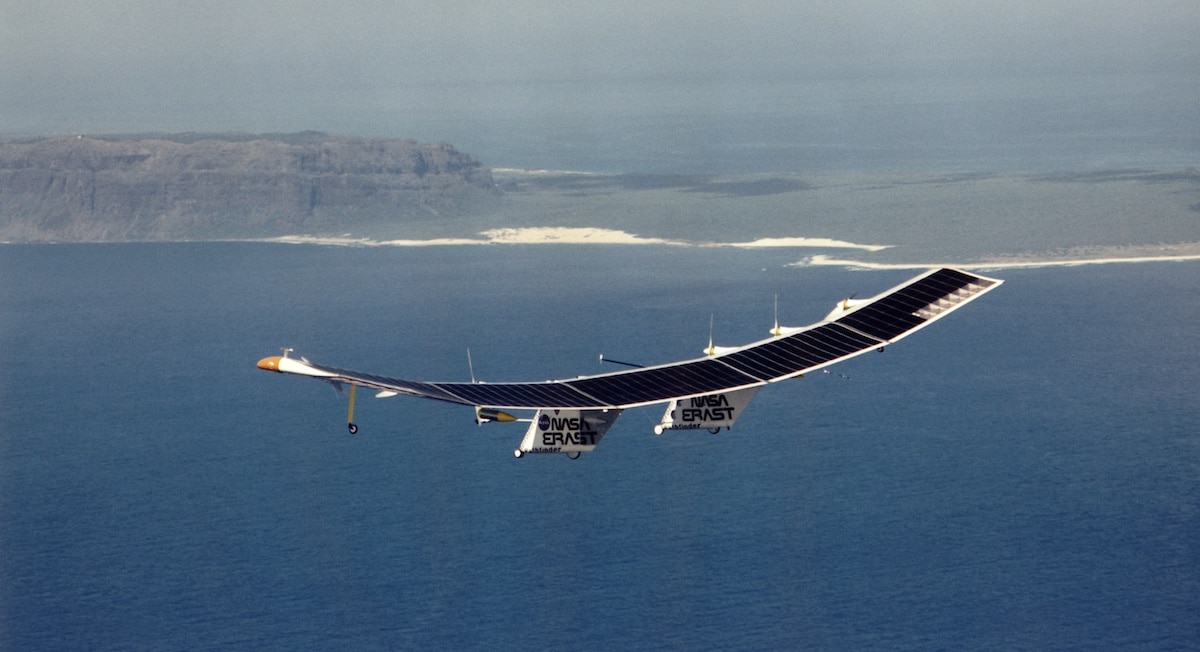
The Indian Air Force (IAF) is taking strides towards enhancing its surveillance capabilities with the issuance of an Expression of Interest (EOI) for the Indigenous Design, Development, and Manufacturing of High Altitude Pseudo Satellite (HAPS).
The need for an innovative solution arises from the absence of technology capable of providing extended and continuous surveillance over an area. High Altitude Pseudo-Satellite (HAPS) emerges as a promising solution—a solar-powered unmanned aircraft system designed to operate at high altitudes for prolonged durations, above the troposphere. Equipped with mission-specific sensors, HAPS offers the potential to significantly enhance the IAF’s ability to fulfil its primary responsibilities and gather mission-critical data.
Continue readingSOURCE: RAUNAK KUNDE / NEWS BEAT / IDRW.ORG

Officials from Hindustan Aeronautics Limited (HAL) have confirmed their consideration of the Future Vertical Lift program under Project Lakshya. This development comes after the commencement of work on the 13-ton Indian Multi-Role Helicopter (IMRH), which is being developed to meet the requirements of both the Indian Air Force and the Indian Army. These requirements include replacing nearly 400 ageing Russian-supplied Mi-17-I Medium Class Helicopters over the next two decades.
While no specific timeline has been provided for the Future Vertical Lift program, insiders suggest that the IMRH design may be optimized in the future. This optimization could involve incorporating two counter-rotating rigid blades that rotate in opposite directions, along with a rear pusher prop.
Continue readingSOURCE: RAUNAK KUNDE / NEWS BEAT / IDRW.ORG

The Indian Army’s quest for Light Armoured Multipurpose Vehicles (LAMV) is gaining momentum with the Defense Acquisition Council (DAC) granting Acceptance of Necessity (AoN) for the procurement of 800 LAMVs. This acquisition is intended for the Mechanised Infantry and Armoured Corps, following a Request for Information (RFI) issued by the Indian Army.
Insiders familiar with the matter have revealed that four major domestic automobile companies in India responded to the RFI last year. With the AoN approval in place, the final evaluation and trial phases are expected to commence shortly.
Continue readingSOURCE: RAUNAK KUNDE / NEWS BEAT / IDRW.ORG
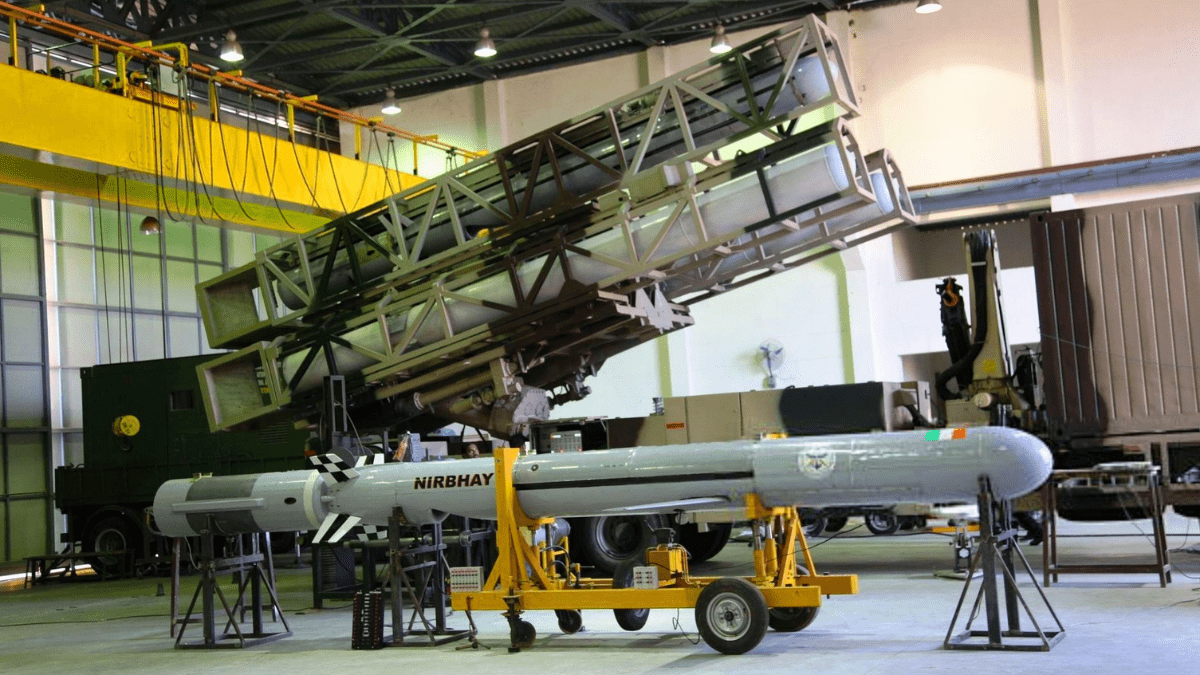
The Indian Air Force (IAF) has taken a significant step in bolstering its defence capabilities by issuing an Expression of Interest (EOI) for the development and manufacturing of a Long Range Land Attack Cruise Missile.
The IAF’s vision includes the creation of a long-range cruise missile with a range exceeding 1000 kilometres, capable of reaching speeds of up to 0.8 Mach, all while maintaining cost-effectiveness to allow for mass deployment. This missile is expected to feature independent navigation, support multiple types of warheads, and be tailored for land-based targets.
Continue readingSOURCE: RAUNAK KUNDE / NEWS BEAT / IDRW.ORG
1.png)
The Indian Army has successfully inducted and operationalized two regiments of indigenous Dhanush artillery systems in high-altitude areas along the Northern Borders. Each regiment comprises 18 guns, marking a significant milestone in India’s defence capabilities.
The Dhanush artillery systems, based on the Swedish Bofors guns, underwent extensive validation and testing to ensure their reliability and effectiveness in challenging terrain. These systems have been strategically positioned to enhance India’s defence posture along its Northern Borders.
Continue readingSOURCE: RAUNAK KUNDE / NEWS BEAT / IDRW.ORG
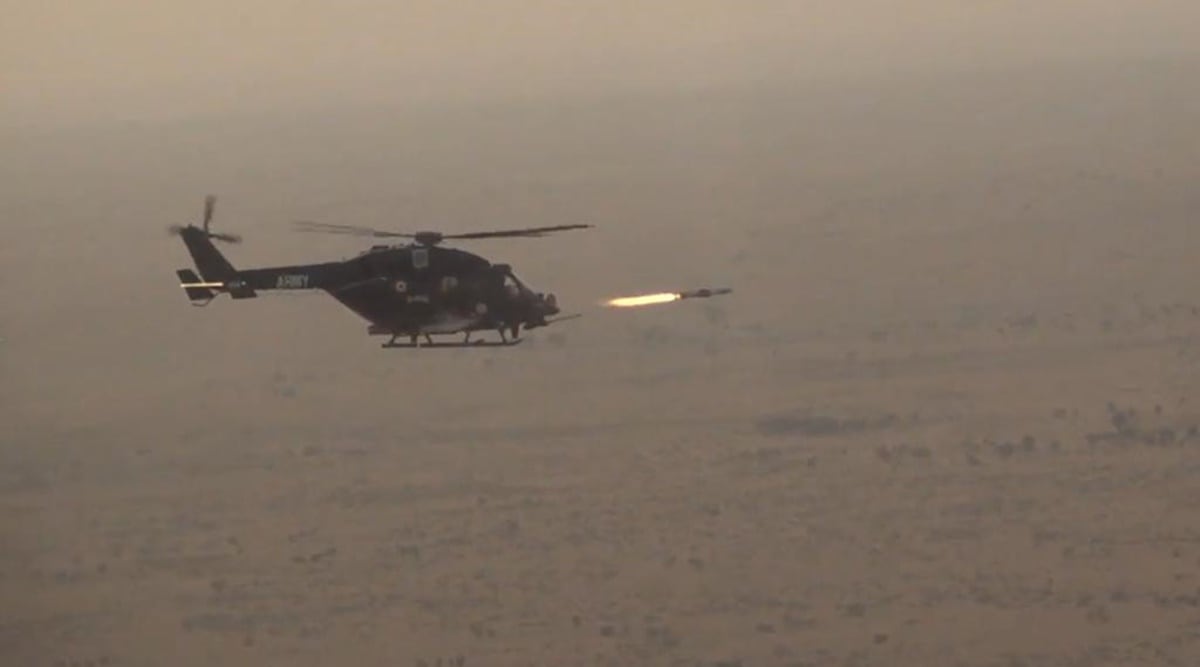
Hindustan Aeronautics Limited (HAL), a state-owned Indian company, is planning to carry out trials of the indigenous Helina (the Army version) and Dhruvastra (IAF version) anti-tank guided missile systems from the Light Combat Helicopter (LCH) Prachand. This decision comes despite the weapon system already receiving clearance for operational usage from the Advanced Light Helicopter (ALH) platform, which shares similar avionics and systems.
Insiders familiar with the matter have revealed that these trials are not aimed at evaluating the missiles’ capabilities in terms of minimum and maximum range. Instead, they are part of a mandatory checklist to approve their operational usage from a new platform, the LCH Prachand, even though these missiles have been tested extensively from the ALH-MkIV Rudra Attack Helicopters.
Continue readingSOURCE: RAUNAK KUNDE / NEWS BEAT / IDRW.ORG
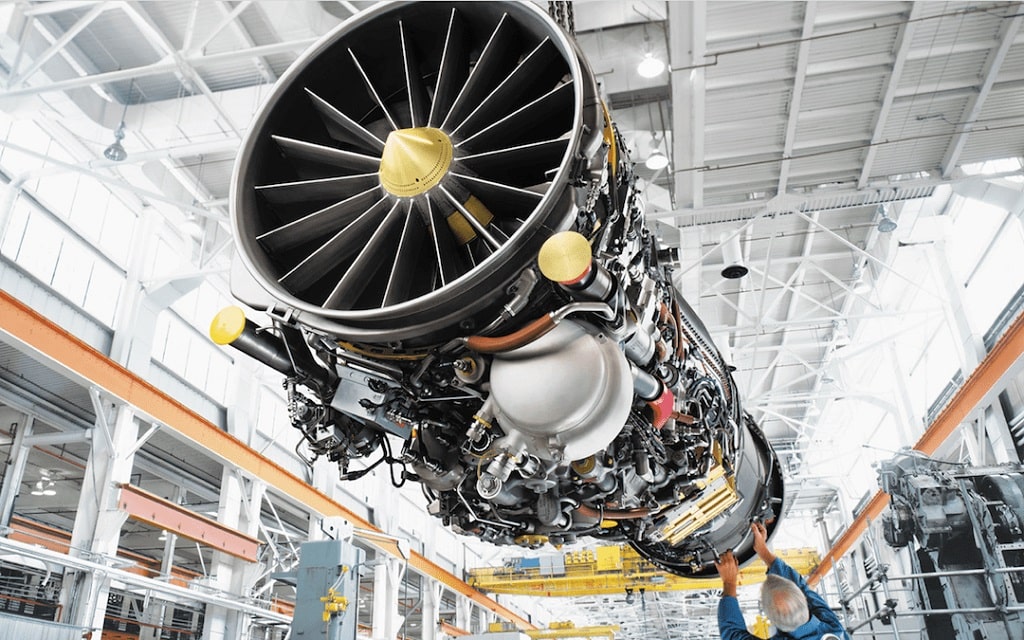
The Indian Air Force (IAF) is poised to bolster its fleet of LCA-Tejas Mk1A fighter jets by considering a proposal from Hindustan Aeronautics Limited (HAL) to place orders for an additional 100 aircraft. This move comes after the IAF had already ordered 83 LCA-Tejas Mk1A jets two years ago. However, what’s particularly noteworthy is the shift in focus regarding the engines that power these aircraft.
Traditionally, discussions around military aircraft procurement have often included technology transfer (ToT) agreements for critical components like engines. In the case of the LCA-Tejas Mk1A, the American F404-GE-IN20 afterburning engines had been a key consideration. However, the recent developments suggest a different approach.
Continue readingSOURCE: RAUNAK KUNDE / NEWS BEAT / IDRW.ORG

In a significant move towards environmental sustainability and reducing its carbon footprint, the Indian Air Force (IAF) is set to explore the use of Sustainable Aviation Fuel (SAF) for its Airbus A321 Netra MkII Airborne Early Warning and Control System (AEW&CS) platforms. This initiative, in collaboration with the Defence Research and Development Organisation (DRDO) and the Centre for Airborne Systems (CABS), marks a pioneering step towards greener aviation practices.
The IAF, in its quest to promote eco-friendly aviation, has embarked on the “Commercial to Green Aircraft Conversion of Six Airbus A-321 Aircraft” project. This endeavour aims to transform conventional aircraft into what is commonly known as “Green Aircraft.” These aircraft are designed and operated with a strong emphasis on reducing their environmental impact, particularly in terms of carbon emissions.
Continue readingSOURCE: RAUNAK KUNDE / NEWS BEAT / IDRW.ORG

In a significant development for India’s defence manufacturing sector, AVNL (Armed Vehicle Nigam Limited) has successfully concluded a contract with CVRDE (Combat Vehicles Research and Development Establishment), a part of DRDO (Defence Research and Development Organisation), for the manufacturing and supply of two Infantry Combat Vehicle (ICV) command vehicles. This contract, valued at a substantial 45 Crore, marks the beginning of an important partnership in bolstering the nation’s defence capabilities.
The successful execution of this initial contract sets the stage for an even more promising future. Following subsequent trials, O.F Medak (Ordnance Factory Medak) is slated to receive a significant workload. They are set to manufacture an impressive 177 ICV command vehicles, estimated to be worth approximately 4000 Crore.
Continue readingSOURCE: RAUNAK KUNDE / NEWS BEAT / IDRW.ORG
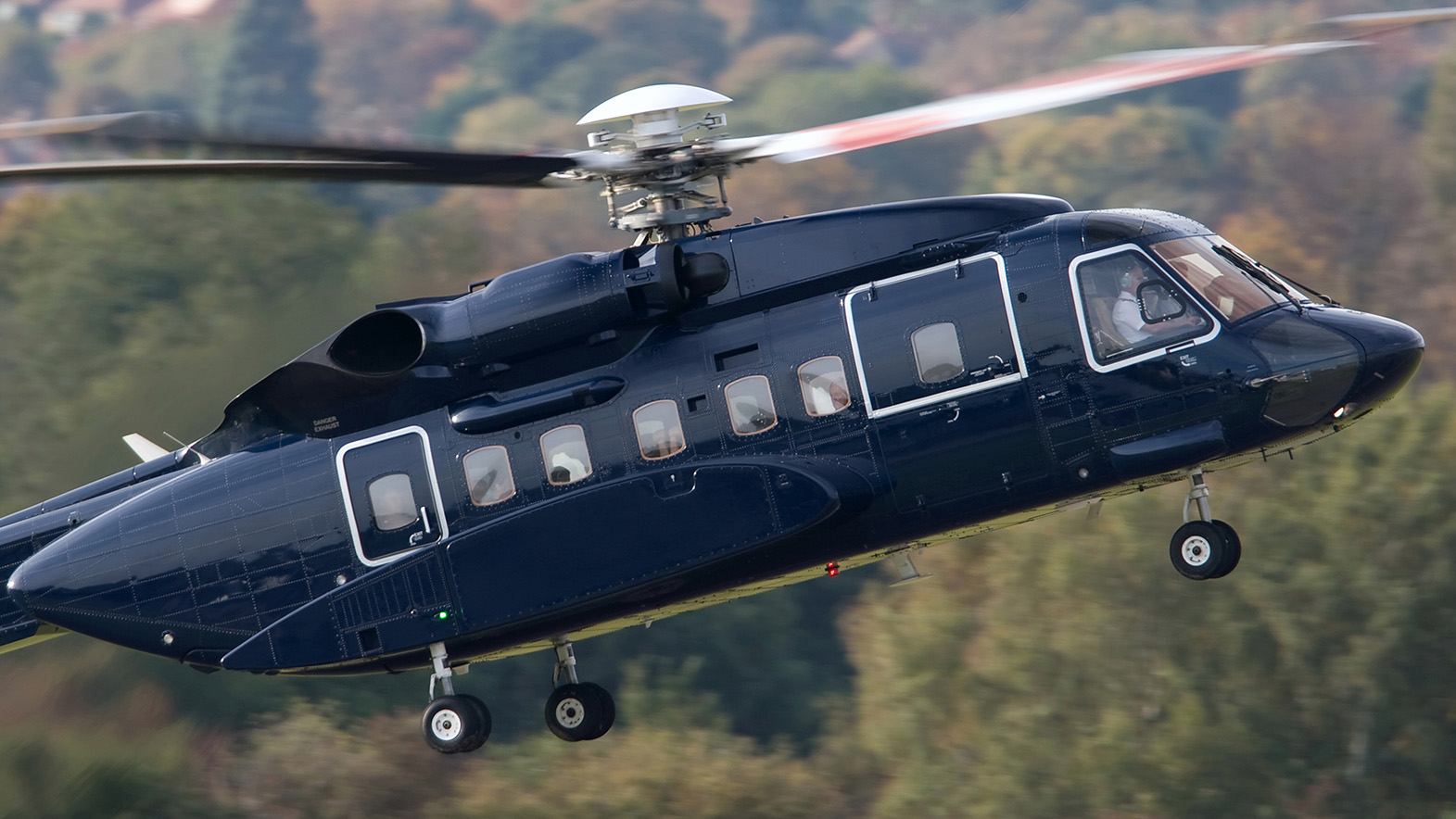
The Indian Air Force (IAF) is gearing up to release a tender for the acquisition of 12 VVIP helicopters, which will serve as the official transport for the President, Vice President, Prime Minister, and other top leaders of the country. This move comes after the cancellation of the 2013 AgustaWestland VVIP chopper contract in 2014, which resulted in the return of three AW101 VVIP helicopters. Over the past decade, Russian-origin Mi-17 V-5 helicopters have been used for VVIP transport.
United States-based helicopter manufacturer Sikorsky is poised to participate in the upcoming tender for VVIP helicopters. Previously, Sikorsky made an unsuccessful bid to supply its S-92 helicopters in a VVIP configuration to India and is eager to re-enter the competition once the tender is reissued.
Continue readingSOURCE: RAUNAK KUNDE / NEWS BEAT / IDRW.ORG
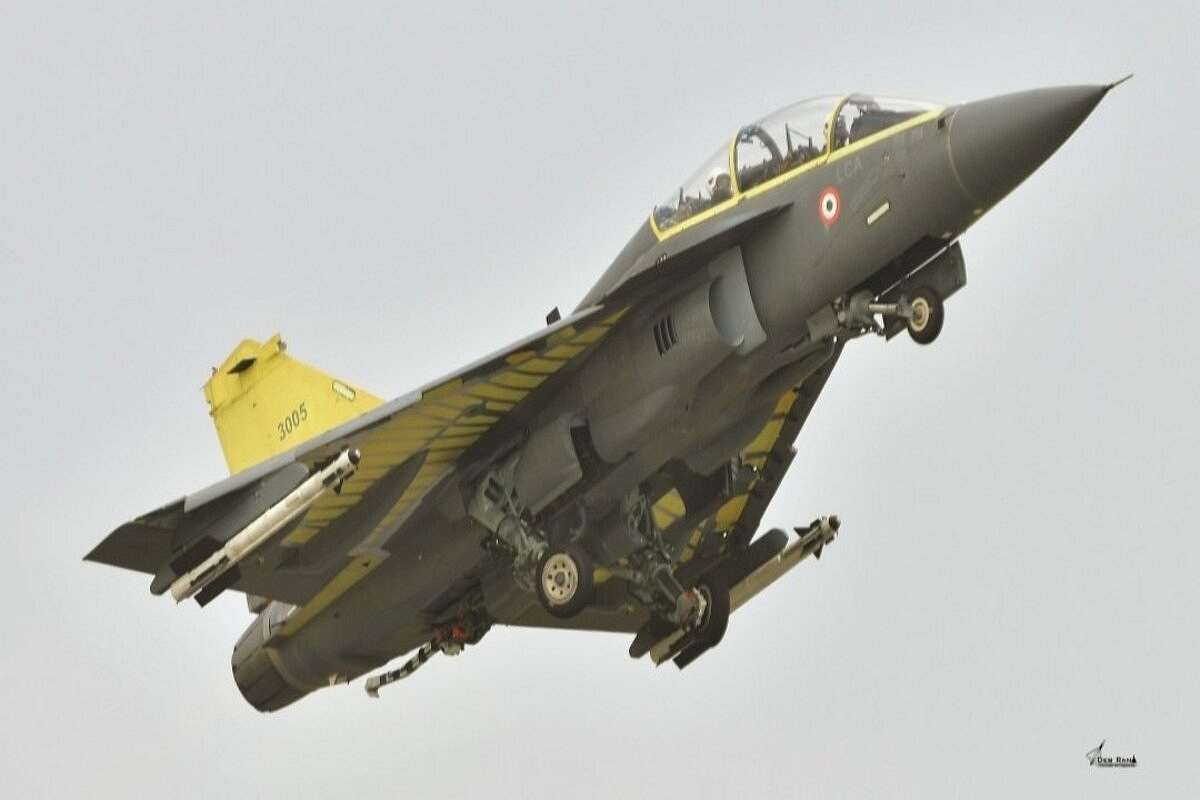
In a recent interview, Satheesh Reddy, the Scientific Adviser to the Minister of Defence, revealed that the Naval Prototype (NP)-5, a Naval Trainer aircraft, has achieved production readiness following its inaugural flight last month. This milestone marks a significant step forward in the development of carrier-based aircraft for the Indian Navy.
The journey towards NP-5’s production-ready status draws from valuable data accumulated over the years from its predecessors, NP1 and NP2. NP1 took to the skies in 2012, followed by NP-2 in 2015. These prototypes served as testing grounds for cutting-edge technologies, including advanced hands-free ski jump take-off and landing flight control modes. Both NP1 and NP-2 showcased their operational capabilities by successfully conducting operations from Indian Aircraft Carriers.
Continue reading